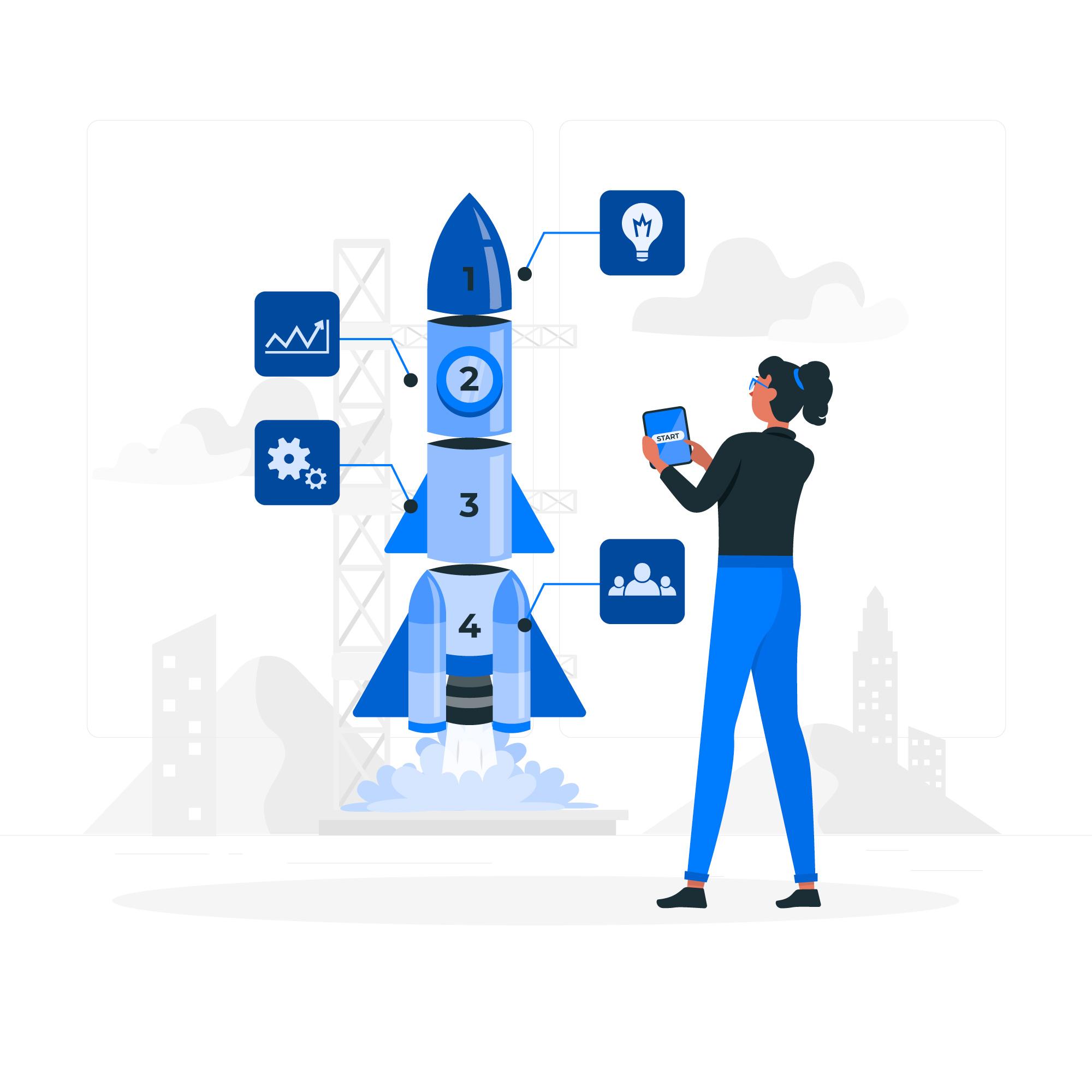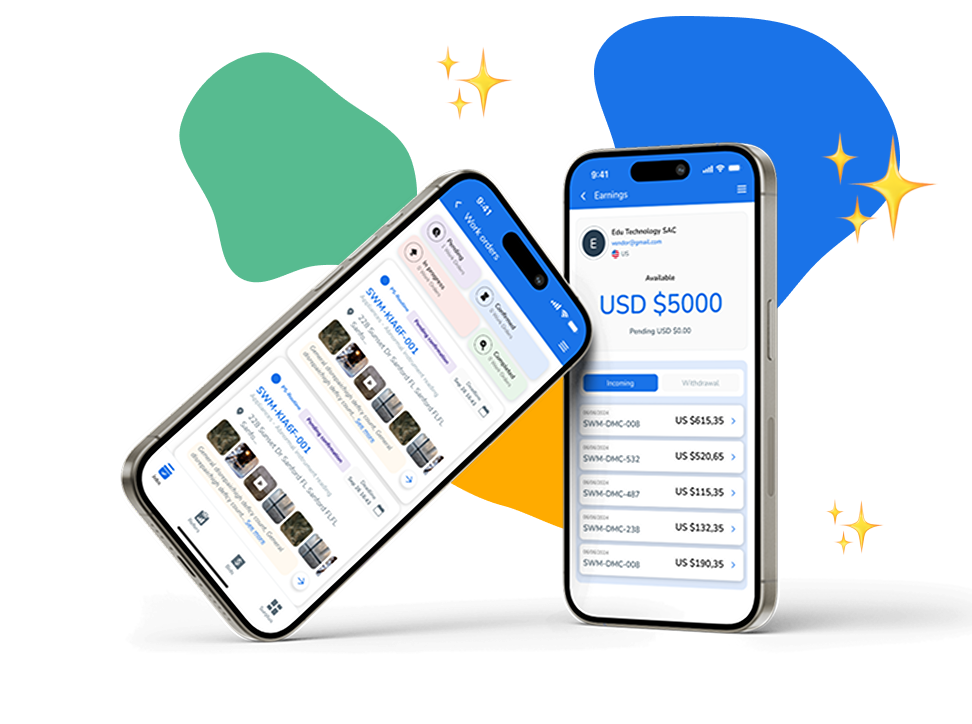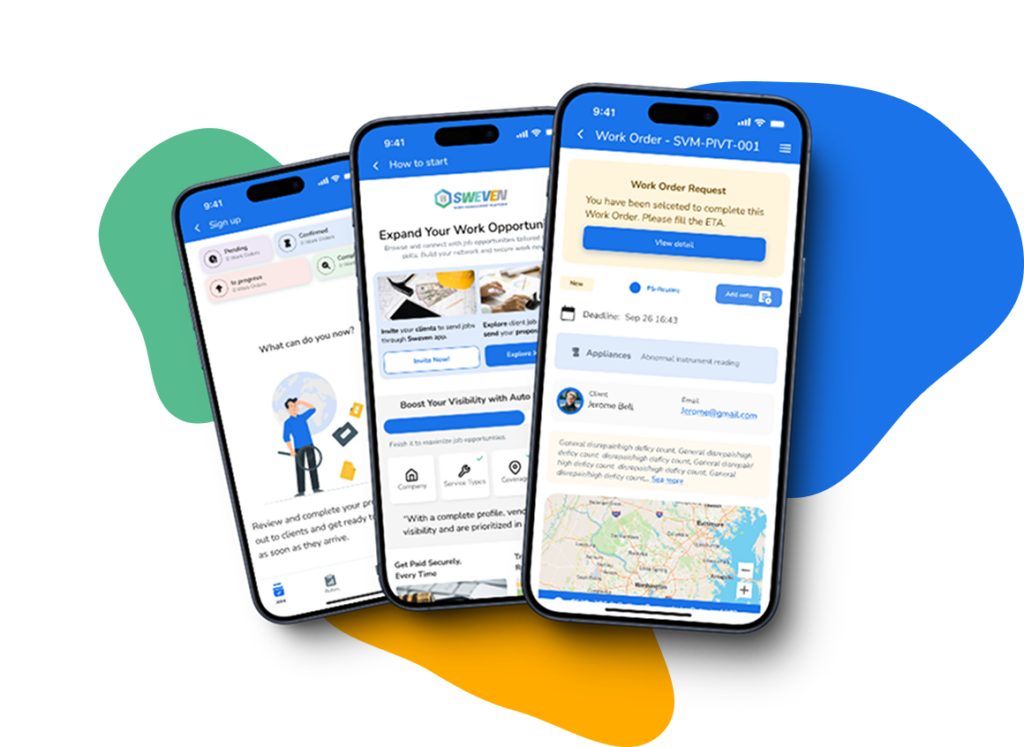Introduction:
In today’s fast-paced business landscape, effective project planning and task management are essential for success. However, many organizations struggle with chaotic workflows, missed deadlines, and project delays due to inefficient processes and lack of coordination. Fortunately, advancements in technology offer a solution: project management and task management software. In this blog post, we explore how technology-driven solutions can streamline project planning and task management, maximizing efficiency and productivity for businesses of all sizes.

Pain Points in Traditional Project Planning and Task Management
Complex project planning processes and coordination efforts often leave teams overwhelmed and susceptible to errors. Without a centralized system in place, tasks may fall through the cracks, deadlines may be missed, and projects may suffer from delays. These pain points not only hinder productivity but also impact the overall success of the organization.
Solution: Embracing Technology for Streamlined Processes
Enter project management and task management software – powerful tools designed to simplify project planning, scheduling, task assignment, tracking, and progress monitoring. By leveraging these technologies, organizations can streamline workflows, improve collaboration, and ensure timely project delivery.
Benefits of Technology-Integrated Project Planning and Task Management:
- Organized Task Assignment: Project management software allows teams to assign tasks to specific team members, set deadlines, and define priorities, ensuring clarity and accountability.
- Efficient Tracking and Progress Monitoring: With real-time visibility into task progress and milestones, teams can identify bottlenecks early on and take proactive measures to keep projects on track.
- Streamlined Planning and Scheduling: Project management software enables teams to create detailed project plans, schedule tasks, allocate resources, and set dependencies, optimizing project timelines and resource utilization.
- Improved Collaboration: Centralized platforms facilitate seamless communication and collaboration among team members, regardless of their location, fostering a culture of teamwork and knowledge sharing.
- Enhanced Productivity: By automating repetitive tasks, providing task reminders, and offering intuitive interfaces, project management software empowers teams to focus on high-value activities, boosting overall productivity.

Implementation Strategy:
- Assess Current Processes: Evaluate existing project planning and task management processes to identify pain points and areas for improvement.
- Select Suitable Software: Research and choose project management and task management software that aligns with organizational needs, scalability, and budget.
- Training and Adoption: Provide comprehensive training to team members on using the software effectively and encourage adoption across the organization.
- Customization and Integration: Customize the software to fit specific project requirements and integrate it with existing tools and systems for seamless data exchange.
- Continuous Improvement: Regularly review and optimize processes, gather feedback from users, and stay updated with the latest features and updates of the software.

Conclusion:
In conclusion, technology-driven project planning and task management software offer a comprehensive solution to the challenges of chaotic workflows, missed deadlines, and project delays. By embracing these tools, organizations can streamline processes, improve collaboration, and maximize efficiency and productivity across projects. In today’s competitive business environment, harnessing the power of technology is essential for staying ahead and achieving success.
















